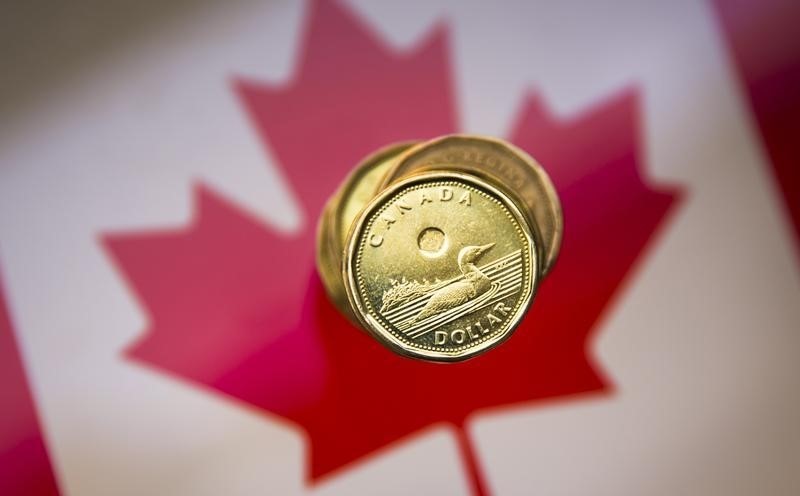By Ketki Saxena
Investing.com -- The Canadian dollar weakened against its US counterpart today, as sentiment switched risk-off through the North American session, heralded by the reversal in equities. Hawkish commentary from Fed policymakers further helped boost demand for the dollar, while the Canadian dollar was pressured by risk-sentiment and a reversal in crude.
The dollar index started off the day at over 7 month lows, following weak US economic data and easing inflation pressures that hammered treasury yields and raised bets that the Fed will slow its rate-hike path in February and going forward.
US December retail sales fell -1.1% m/m, weaker than expectations of -0.9% m/m and the biggest decline in a year. Meanwhile, the December Producer Price Index final demand rose +6.2% year over year, well below expectations of a 6.8% increase.
However, the dollar rallied in the day as the US Fed’s Biege Book - its update of regional economic conditions - showed resilience in the economy. Hawkish comments from Cleveland Fed President Mester and St. Louis Fed President Bullard gave the dollar a boost, both of whom argued for more rate hikes and the “higher for longer’ rate scenario despite easing inflation pressures.
The Canadian dollar meanwhile started the day as the only G10 currency to lose ground against the dollar, as easing inflationary pressures (as per the Raw Materials Price Index and Industrial Product Price Index) lowered bets that the Bank of Canada would remain as hawkish at its policy meeting Wednesday next week.
The Canadian dollar was also pressured by a slide in crude prices, which reversed in the day as the prospect of Fed hawkishness once again dominated the day, despite optimism around demand recovery in China.
On a technical level, analysts at FX live note that “The USDCAD has continued it's run to the upside after an early move above the 200 hour MA, ultimately led to the breaking above the confined range between 1.3344 and 1.3454”.
The analysts cite the following “cluster of resistance” and “key trading levels” which “should give traders pause for cause on the first test with a stop on a break above
-
The 100 day moving average at 1.34997
-
The broken 38.2% retracement of the move up from the August 11 low at 1.34995
-
A swing area between 1.34809 and 1.34995, and
-
The natural resistance at 1.3500”
